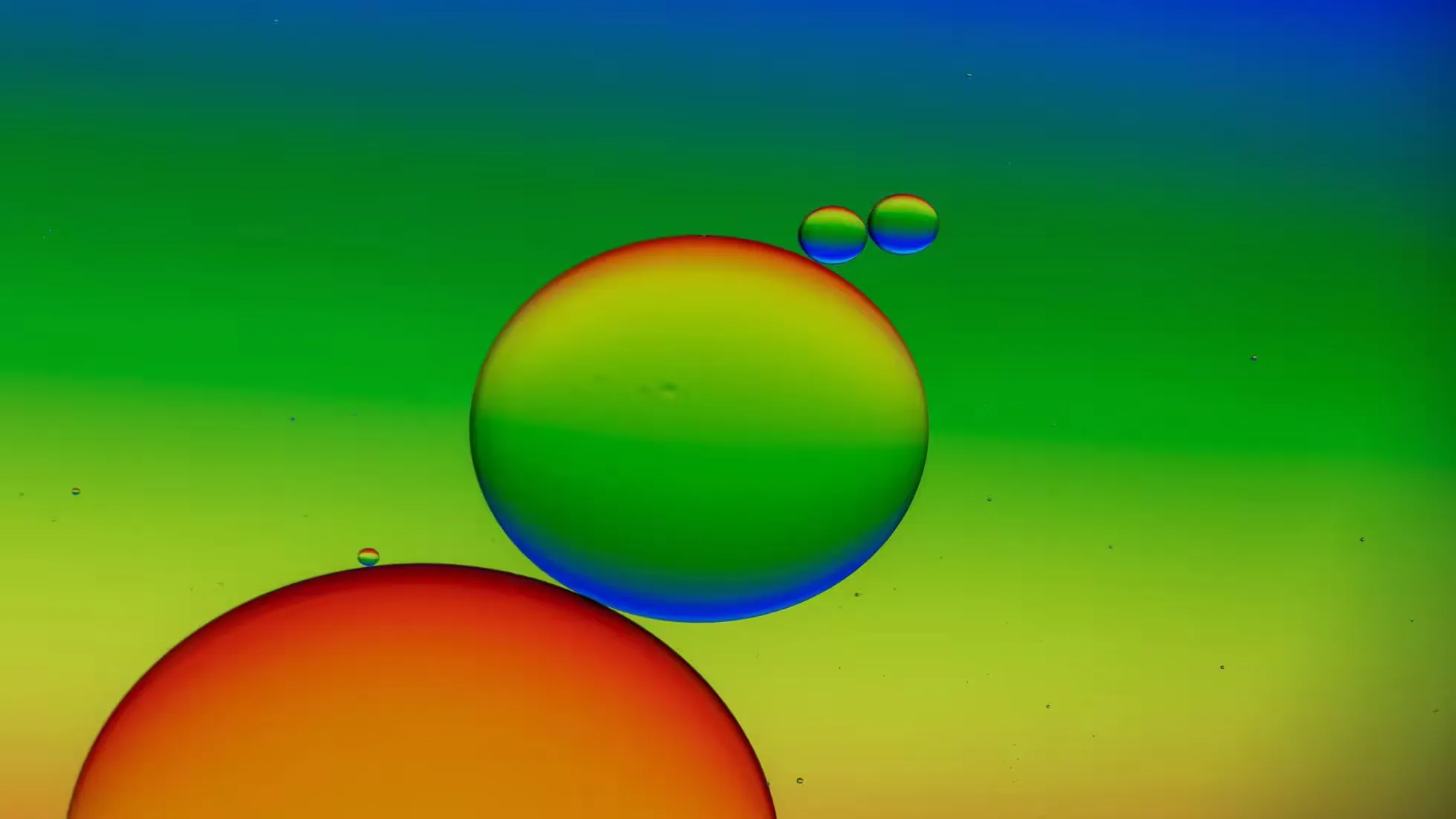Silicon Fertilizer Industry and Market

Industry Background
Silicon as an Essential Plant Element
Silicon has been internationally recognized as the fourth plant nutrient element after nitrogen, phosphorus, and potassium. Yuan Longping, the “Father of Hybrid Rice” and an academician of the Chinese Academy of Engineering, has strongly affirmed silicon fertilizer’s role in boosting hybrid rice yields. During field investigations in Xinyang, experts from the Ministry of Science and Technology highlighted, “If the promotion of hybrid rice triggered China’s first green revolution, the widespread adoption of silicon fertilizers will certainly herald the second green revolution for rice and other crops.”
The long-standing issue of “high yield but poor quality, or high quality but low yield” has troubled China’s agricultural sector. Experts assert that as fertilizer application increases, silicon fertilizers must complement nitrogen, phosphorus, and potassium for balanced fertilization to achieve high quality and yield. Silicon fertilizers’ ability to improve crop quality is garnering global attention among soil scientists and plant nutritionists.
From a functional perspective, silicon fertilizers serve as quality enhancers, growth regulators, and soil conditioners. They offer the advantages of conventional chemical fertilizers and micronutrient fertilizers. Silicon is a beneficial element for plant growth, providing nutrients for silicon-loving crops and improving soil properties. Additionally, silicon exhibits properties such as disease resistance, pest prevention, and toxin mitigation. Silicon fertilizers are green, non-toxic, and highly efficient, making them a preferred choice for modern agriculture.
Key benefits of silicon fertilizers include:
- Increased Yield: Silicon enhances photosynthesis, increases chlorophyll content in leaves, strengthens stems, and promotes organic matter accumulation.
- Lodging Resistance: By strengthening stems, silicon prevents lodging, enabling dense planting.
- Enhanced Resistance: Silicon forms siliceous cells in plant tissues, thickening cell walls and cuticles, creating protective layers that resist pest and pathogen invasion.
- Root Protection: Improved aeration prevents root rot and premature aging, particularly in rice.
- Water Regulation: Silicon regulates stomatal activity, reducing water loss and enhancing drought, heat, and cold resistance.
- Improved Pollination: Silicon application during flowering enhances pollen viability and fruit set rates.
- Nutrient Efficiency: Silicon prevents phosphorus fixation in soil and enhances root absorption of phosphorus, calcium, and magnesium, improving nutrient balance.
- Soil Improvement: Silicon activates beneficial microorganisms, improves soil structure, reduces acidity, and mitigates heavy metal pollution.
- Quality Enhancement: Silicon improves crop quality, prevents fruit cracking, enhances fruit hardness and appearance, and extends shelf life.
Development of Silicon Fertilizers
The recognition of silicon as an essential nutrient dates back to 1926 in the United States. By the mid-20th century, Japan had pioneered silicon fertilizer production using industrial waste slag. Their successful integration of silicon fertilizers with traditional NPK applications significantly boosted rice yields. Over the decades, silicon fertilizer usage spread across Southeast Asia and China, leading to notable improvements in crop quality and productivity.
China’s silicon fertilizer development began in the 1970s but gained momentum in the 1990s with increased research and production capabilities. Today, silicon fertilizers are produced across various regions, including Liaoning, Guangxi, Jiangxi, and Henan, though domestic supply still falls short of the estimated demand of 30-50 million tons annually.
Market Analysis
Market Demand
China faces severe silicon deficiencies, with 50-80% of arable land considered silicon-deficient. For example:
- Fujian Province: Soils have low effective silicon content due to extensive rice cultivation and leaching from subtropical weathering processes.
- Zhejiang Province: Over 73% of arable land is silicon-deficient.
- Jiangsu Province: Effective silicon in soil decreases annually, expanding silicon-deficient areas.
Silicon Fertilizer Market Potential
China’s annual rice cultivation covers 450 million mu, over half of which require silicon supplementation. With an average application rate of 55 kg per mu, annual demand exceeds 25 million tons. Including crops such as cotton, peanuts, and maize, total demand reaches 35 million tons. However, current silicon fertilizer production stands at approximately 1 million tons, meeting only 3% of demand.
Competitive Landscape
Silicon fertilizers are classified into high-efficiency and slag-based types:
-
High-Efficiency Silicon Fertilizers:
- Composed of sodium or potassium silicates, these fertilizers are water-soluble, with effective silicon content reaching 55-60%.
- Examples include:
- Shanghai Green Oil Chemical Co., Ltd. (“Zhongwangsuogui” nano silicon fertilizer).
- Shenzhen Batian Ecological Engineering Co., Ltd. (stock code: 002170) produces water-soluble nano silicon fertilizers under the “Batian Zhongfen” brand.
-
Slag-Based Silicon Fertilizers:
- Derived from industrial slag, such as steel or furnace slag, these fertilizers are slow-releasing, with effective silicon content around 10%.
- Examples include:
- Companies in Liaoning, Jiangxi, and Henan produce slag-based fertilizers, though these face challenges in efficiency and application scope.
Challenges and Opportunities
Despite rising awareness, silicon fertilizer adoption faces challenges, including:
- Cost Constraints: High production costs limit affordability and accessibility, particularly in developing regions.
- Market Education: Farmers often lack knowledge about silicon fertilizer benefits and application methods.
However, the market offers significant growth opportunities. Investments in water-soluble and high-efficiency silicon fertilizers could address demand gaps, while government subsidies and research grants can catalyze broader adoption.
Conclusion
Silicon fertilizers represent a critical innovation in modern agriculture, with the potential to revolutionize crop productivity and soil health. Expanding production capacity, reducing costs, and enhancing farmer education are essential steps to unlock the full potential of this burgeoning market.
Published at: Nov 22, 2024 · Modified at: Aug 31, 2025


